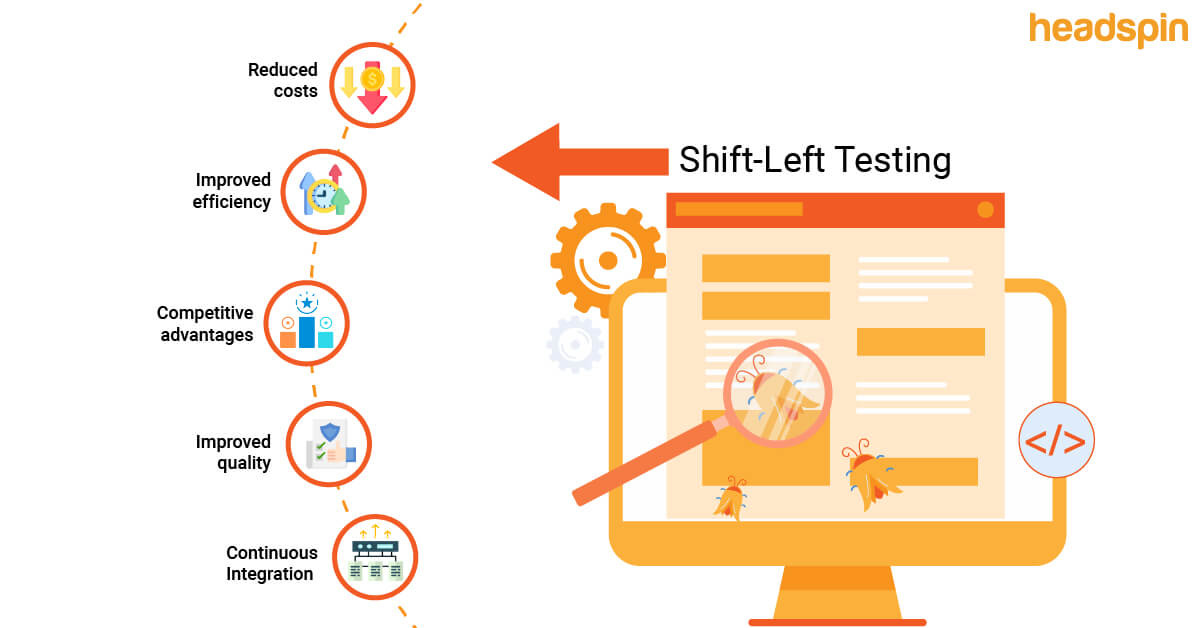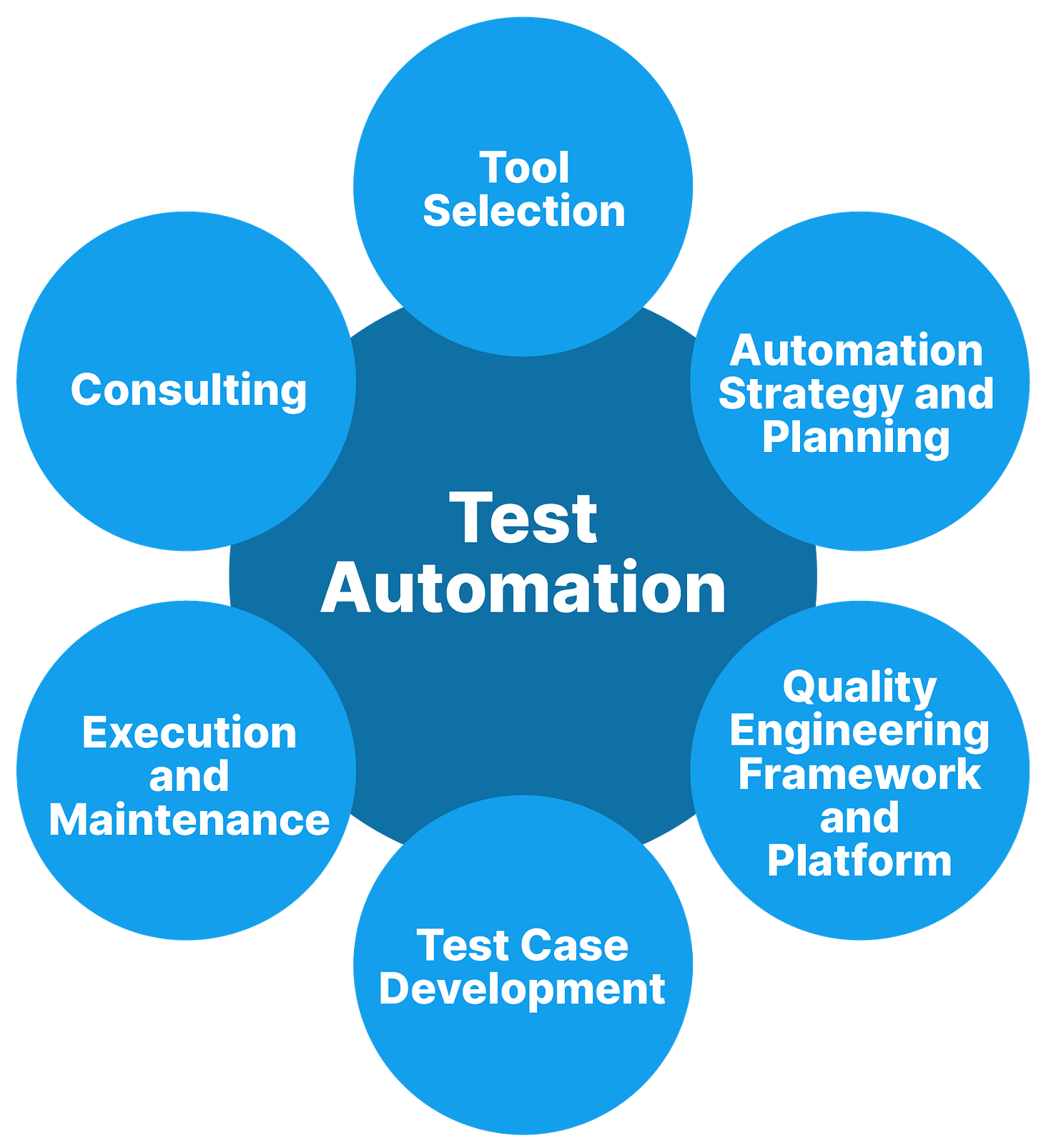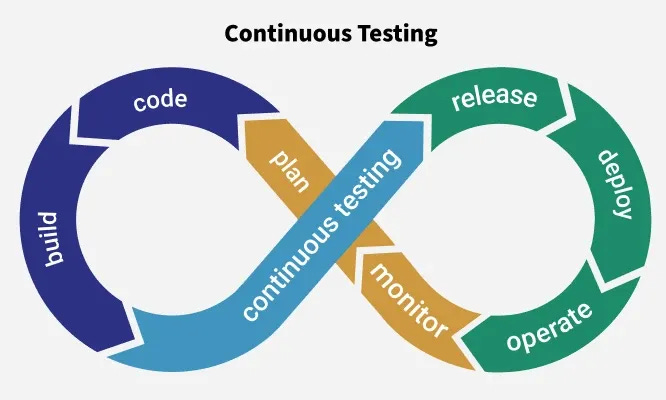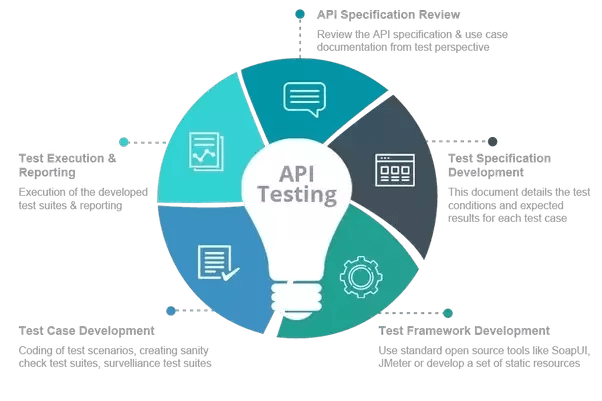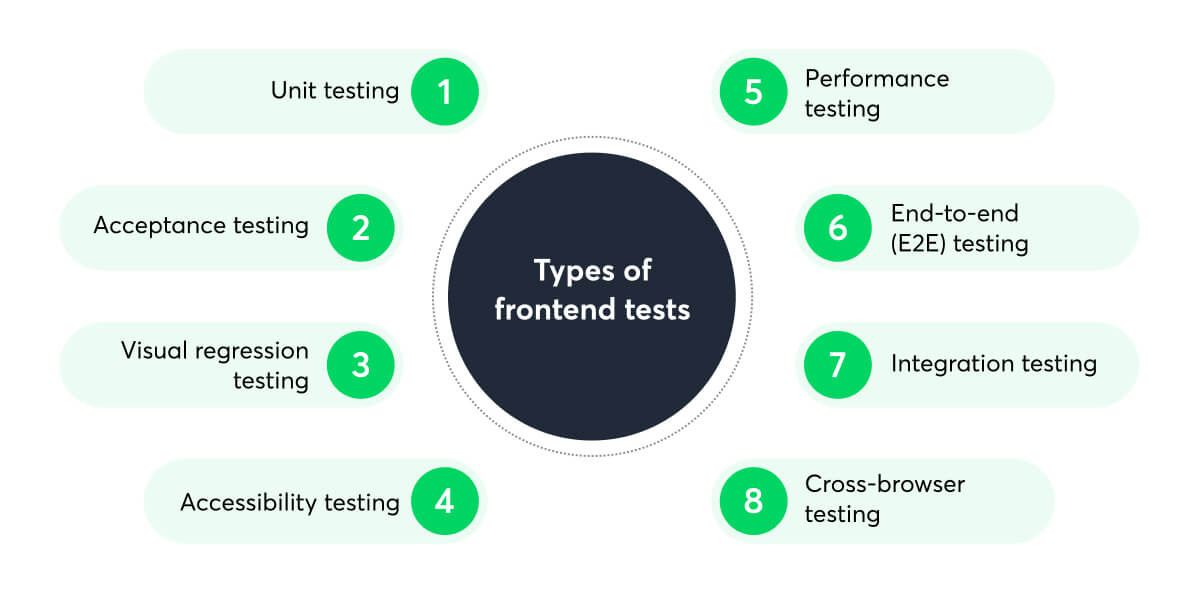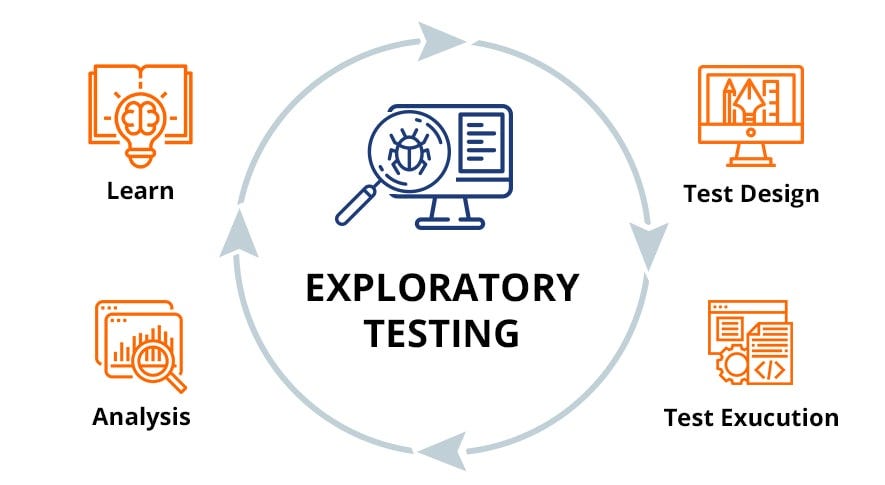Modern software development demands a proactive and integrated approach to quality. From early validation to post-release monitoring, the following strategies help teams build reliable, scalable, and high-performing products that meet evolving user expectations.
System Design Refresher
1. Shift-Left Testing
Shift-Left Testing emphasizes moving testing earlier in the development lifecycle to identify defects before they become costly. This proactive approach is essential in Agile and DevOps workflows and offers multiple benefits:
Reduced Costs: Catching bugs early saves time and resources.
Increased Efficiency: Enables faster resolution of issues.
Improved Quality: Emphasis on defect prevention leads to more robust software.
Faster Time-to-Market: Early validation supports quick, reliable releases.
Common practices include unit testing, integration testing, and code reviews, along with activities like dev/QA kickoff meetings, developer self-checks, and sanity tests during development.
2. Test Automation
Test automation accelerates development cycles by reducing manual effort and providing fast, consistent feedback on code quality.
Core components of an effective automation strategy include:
Consulting: Guiding teams on tailored automation strategies and best practices.
Tool Selection: Choosing tools based on the tech stack (e.g., XCUITest, Playwright, Jetpack Compose).
Strategy & Planning: Aligning automation with business and project goals.
Framework Implementation: Building scalable, reusable automation frameworks.
Test Case Development: Creating maintainable test cases across functional and non-functional domains.
Execution & Maintenance: Integrating with CI/CD pipelines and ensuring long-term stability.
3. Continuous Testing
Continuous Testing integrates quality checks throughout the CI/CD pipeline, offering real-time insights into code health from development through deployment.
Key Benefits:
Faster Releases: Reduces the time between development and deployment.
Lower Risk: Defects are caught early, minimizing production issues.
Greater Confidence: Developers can deploy changes with assurance.
By embedding test automation into every step, teams ensure consistent quality and accelerate delivery.
4. API Testing
APIs form the backbone of modern applications, making API testing essential for verifying functionality, performance, and integration.
Why It Matters:
Ensures that APIs meet requirements and perform reliably.
Validates how systems communicate under various conditions.
Tools & Techniques:
Tools like Postman, REST Assured, and Swagger streamline test creation.
Jest, TypeScript, and Go-based frameworks are commonly used for backend API testing.
Testing scenarios include endpoint validation, error handling, data consistency, and performance assessments under load.
5. Frontend Testing
Frontend testing ensures that user interfaces function correctly and provide a smooth, intuitive experience across devices and browsers.
Focus Areas:
UI Validation: Confirm that elements render and behave as expected.
Cross-Browser Testing: Guarantee consistent performance across environments.
End-to-End Testing: Test full workflows to simulate real-world usage.
Common Tools:
XCUITest (iOS), Playwright (web), Jetpack Compose (Android) offer strong support for automated frontend testing.
Comprehensive UI testing helps prevent usability issues and maintain a polished user experience.
6. Exploratory Testing
Exploratory Testing combines creativity and critical thinking to uncover issues that scripted tests may overlook.
Why It’s Valuable:
Encourages testers to think like users.
Identifies hard-to-catch bugs and enhances test coverage.
Best Practices:
Use test charters to guide focus.
Timebox sessions for efficient exploration.
Apply bug advocacy to ensure discovered issues are prioritized.
This approach complements automated and scripted testing for a well-rounded QA strategy.
7. Dogfooding
Dogfooding involves using the software internally before releasing it publicly. Team members act as real users to uncover usability issues and gather early feedback.
Benefits:
Builds empathy with end users.
Detects real-world problems earlier.
Encourages ownership and cross-functional collaboration.
By experiencing their own products, teams can better identify pain points and make meaningful improvements.
8. Release Testing
Release Testing validates the entire product before it reaches users. It ensures that all integrated components work together correctly and that critical features are functioning as expected.
Core Strategies:
Smoke Testing: Rapid verification of major functions.
Must-Pass Scenarios: Validating essential workflows.
End-to-End Testing: Confirming the system behaves correctly under real conditions.
Regression Testing: Ensuring recent changes haven’t broken existing features.
Automation is essential for making release testing scalable and consistent, particularly in CI/CD environments.
9. Production Testing
Production Testing (post-deployment validation) confirms that applications operate as intended in live environments.
Focus Areas:
Sanity Tests: Quick checks for login, navigation, data retrieval, etc.
Basic Performance Monitoring: Measure response times, error rates, and throughput to ensure system health.
This testing is crucial for catching environment-specific issues and verifying that users experience a stable, functional product.
10. Post-Release Support
After deployment, teams must continue to monitor, support, and improve the software.
Key Responsibilities:
Monitoring & Crash Management: Track system behavior and resolve incidents swiftly.
Customer Feedback: Respond to support requests and gather Voice of Customer (VoC) insights.
Hotfixes: Rapidly address critical bugs or vulnerabilities.
Performance Tuning: Ongoing optimization based on real-world usage.
Proactive support ensures user satisfaction, minimizes downtime, and extends product success beyond launch.
Conclusion
High-performing software teams adopt a diverse set of testing strategies to ensure quality, speed, and reliability. From shift-left principles and automation to exploratory testing and post-release monitoring, each practice plays a critical role in delivering value to users.
By embedding testing throughout the development lifecycle, organizations can reduce risk, increase efficiency, and consistently deliver software that meets high standards in a competitive digital world.




